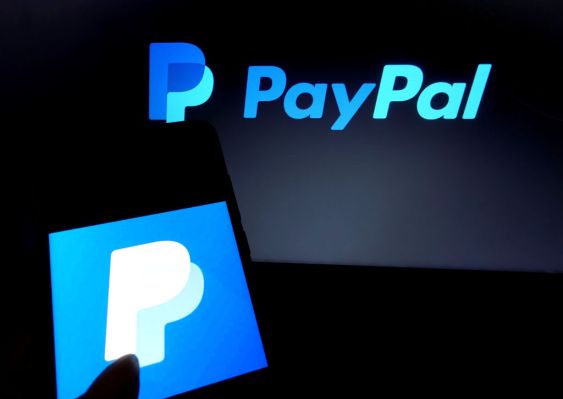
PayPal introduced right now that it’s launching “Faucet to Pay” for retailers with an iPhone by way of the Venmo and Zettle apps within the U.S. PayPal, which owns each Venmo and Zettle, says the characteristic will enable companies to simply accept contactless card and digital pockets funds immediately on their iPhones with no further price or {hardware}. The launch comes eight months after PayPal launched the characteristic for retailers with Android telephones.
Along with having the ability to settle for funds from playing cards or digital wallets like Apple Pay or Google Pay, Faucet to Pay permits retailers so as to add taxes, settle for suggestions, ship receipts and problem refunds with none further {hardware}. Funds from gross sales are rapidly put right into a enterprise’s Venmo or PayPal Zettle account, the corporate says. PayPal fees 2.29% + 9¢ for each sale by way of the tap-to-pay technique throughout Zettle and Venmo.
With Faucet to Pay on iPhone, Venmo enterprise profile customers will be capable of attain for purchasers by accepting funds from consumers even when they don’t have a Venmo account. Retailers can handle each their Venmo and card fee transactions immediately inside the Venmo app.
The official launch of the characteristic comes a couple of months after PayPal started been testing it by way of an early entry program.
The launch of the brand new characteristic comes two years after PayPal rival Stripe grew to become Apple’s first fee accomplice for Faucet to Pay. A yr later, Strip enabled companies to hold out Faucet to Pay transactions on NFC-equipped Android units, as nicely. Stripe fees $0.10 per transaction for Faucet to Pay purchases utilizing its Stripe fee gateway, with further fees for card and digital pockets funds.
As customers are more and more going cashless, PayPal says Faucet to Pay on iPhone will assist thousands and thousands of small companies adapt to the shift in shopper habits, because it removes the necessity to for retailers to buy card readers.